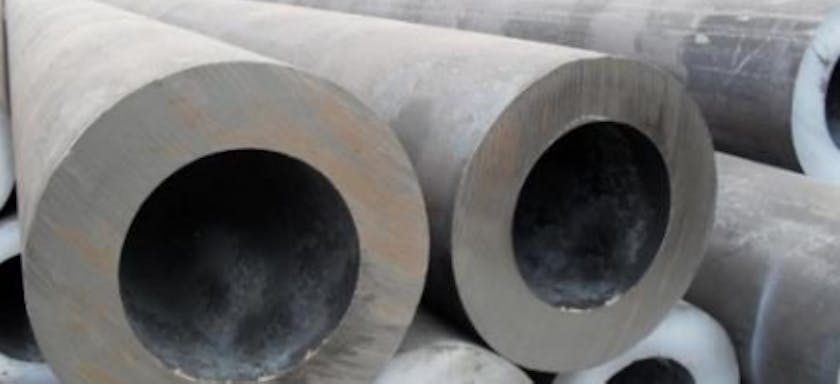Application of Steel Lazy Wave Riser Solution in Deepwater and Comparison to Other Riser Types
EVENT: Offshore Europe
1 Sep 2017
In the current low oil price market, innovative low cost solutions are necessary for development of new fields and life extension of existing fields. For deep water applications, Steel Catenary Risers (SCRs) and Steel Lazy Wave Risers (SLWRs) provide low cost alternatives to flexible risers and offer flexibility during design and life extension for Floating Production Systems (FPS) in deepwater.
The majority of deepwater fields in offshore West Africa and the North Sea have traditionally been developed using flexible risers. SLWRs, a variation of the steel catenary riser (SCR) with added buoyancy near the touchdown point at the seabed, have recently been deployed in the GoM and Brazil for deepwater applications. Due to simplicity of design, good track record and qualified suppliers, fabrication and installation methods for SCRs, SLWRs have become a logical extension of the SCR. Buoyancy installed on the SLWR helps reduce top tension and decouple vessel motions from the riser touchdown zone, which ensures that the required strength and fatigue performance can be achieved.
SLWR and SCR configurations are developed for mild environment, deepwater applications representive of offshore West Africa and in severe environment moderate water depths, representive of the North Sea. Riser configurations, hang-off loads, strength and fatigue responses are compared for the configurations. The advantages and disadvantages of SCR and SLWRs are discussed and compared to other riser types. Costs for flexibles, SCR’s and SLWR’s are also compared.
Author
Rohit Shankaran
Principal Engineer


